Gone are the days when petroleum-derived plastics were the only option engineers had to make all kinds of products we use daily. Let’s deep dive to know more about plastic with biodegradable qualities.
What is Biodegradable Plastic?
Biodegradable plastic is what it exactly sounds like. It is a variation of plastic that is biodegradable. They are plastics degraded by carbon dioxide, water, and biomass under particular conditions. After years of manufacturing and research activities by companies worldwide, finally, there are versions of plastic that lessen our environment’s harm.
Unlike the general version of any plastic, biodegradable plastic doesn’t borrow its properties from its raw material but from the polymer’s chemical arrangement.
The biodegradation of plastics is not a consistent process because of varying disposable conditions worldwide. Thus it can be done in a controlled degradation in an inherent environment or by enzyme-assisted mechanisms.
Types of Biodegradable Plastics
The two main types of biodegradable plastics are – Oxo-biodegradable and Hydro-biodegradable.
For both plastics, biodegradation starts with oxidation and hydrolysis, followed by a biological process. Both of them release Carbon dioxide as they degrade. However, hydro-biodegradable can also vent methane.
Both types of plastics are compostable, but only the former can be recycled.
Differentiation: Oxo-biodegradable and Hydro-biodegradable Plastics
| Oxo-biodegradable |
Hydro-biodegradable Plastics
|
| Created by mixing specific types of fatty compounds of certain metals with traditional plastics |
Created using bio-based sources like corn, wheat, sugarcane, and petroleum-based products. Both methods can also be utilized simultaneously.
|
| Does not claim compostability standards according to ASTM D5988, ASTM D6954-04 standards test conducted by individual laboratories worldwide are 1. Smithers-RAPRA (US/UK) 2. Pyxis (UK), 3. Applus (Spain) |
Meets the standards perfectly – ASTM and D6400-04
|
| Carbon is transformed into carbon dioxide over a longer period. |
Degradation and biodegradation are faster than OBP.
|
| Degradation | |
| Chemical degradation takes place within hydrolysis and oxidation |
Chemical degradation takes place within hydrolysis and oxidation
|
| degrades by oxidative chain scissoring, and metal salts will act as catalysts. Leading to the creation of shorter molecules |
Can emit both CO2 and methane during biodegradation
|
| Plastics comprising oxo-degradation additives will degrade and fragment in oxygen-rich environments |
Degradation only happens in a high-microbial environment
|
| Smaller fragments are lightweight and transmissive to biodegradation |
Contrary to OBP, hydro-biodegradable plastics can be composted.
|
Interesting Read – What is ABS Plastic | The Defintive Guide
Biodegradable Vs. Compostable
Compostable and biodegradable plastics are terminologies used in a specific situation depending on how organic materials break down.
Both are eco-friendly and very critical in terms of how they’re used.
Telling them apart is easy; compostable plastics are biodegradable in composting situations, while other plastics degrade in landfills and glycolytic digesters.
Importantly, Compostable is always biodegradable Biodegradable is not always compostable.
Here are some biodegradable plastics:
- Cellulose-based plastics
- Starch-based plastics
- Soy-based plastics
- Natural fiber reinforcement plastic
- Lignin based plastics
Properties: Biodegradable Plastic
- High applicability
- Easy processing capabilities with conventional machining like injection molding and extrusion.
- Different fillers like clay, lime, wood paper, etc., in various sizes and colors, can be added depending on the application.
- Co-injection with materials like LDPE, HDPE, and PP can be done. A thin film of the plastic material will be placed on top of biodegradable plastic. It will result in producing the final product being cheaper when compared to conventional methods.
Advantages
Energy Consumption
Biodegradable plastics consume less energy during manufacturing. The initial investment might be high, but it is worth it as it will reduce the server’s effects on the environment.
For example, corn-based polymer consumes 65% less energy than the same petroleum polymer.
Greenhouse gas emission is also significantly low compared to petroleum-based plastics.
Reduced Waste Production
Biodegradable plastic waste production is deficient in traditional polymers as they break down only in a few months.
Traditional plastics generate an estimated 32 million tons of trash annually. That number is jaw-dropping and can be significantly reduced by utilizing biodegradable materials.
Biodegradable material will be absorbed in the soil or transformed into compost, decreasing waste production by a large margin.
Easy to Recycle
The biodegradation of plastics improves their recyclability. They decompose quickly and can also be discarded using an organic process.
Having no chemicals and toxins within the composition makes them non-toxic. Recycling can reduce the landfill problem; apart from that, recycled bio-waste can also be used as compost.
Reduction in CO2 Levels
Since fossil fuels are not used to manufacture biodegradable plastic products, they can help reduce global CO2 emissions, increasing alarmingly. The CO2 emission of these plastics is meager compared to the conventional polymer and releases only the energy used to make it.
Reducing CO2 levels from all forms of nature is necessary for humanity to create a bright future for future generations.
Presently, we’re producing more CO2 than ever before. The plastic processing industry does a significant share of emissions, so switching to biodegradable and compostable plastics is the key to a pollution-free future.
Compostability
Composting is criminally underrated. It comes with many benefits that we ignore, mainly when associated with plastics.
Composting bioplastic products can make the soil fertile as these plastics are made using chemicals but from natural sources.
Increased soil fertility can help grow plants without artificial additives or fertilizers.
There wouldn’t be any drawbacks with biodegradable plastics (but we don’t live in a perfect world). So let’s go through some disadvantages of Biodegradable plastic.
Interesting Read – Top 10 Plastic Bottle Manufacturers in USA
Disadvantages
Contaminations Problems
As we have discussed, these plastics are made from natural sources like corn and soybeans. Thus, there’s an inherent risk of contamination by artificial fertilizers or pesticides sprayed on them while growing them.
Contamination can occur in the end product, which is not a good scenario for the supplier and consumer.
It’s Expensive!
Let’s take out the elephant from the room. Biodegradable plastics are costly. They need high-end industrial processers and composters to break down.
All the heavy equipment purchasing and machinery processing can make a deep hole in your pocket.
Need of Croplands
There is a massive need for croplands to grow the natural material required to produce these plastics.
However, food production for human consumption is the priority for any country not producing biodegradable plastics.
The governments can’t compromise food production; even today, millions are hungry every day(even in developed nations). It raises the ethical question of whether relying upon or expanding this industry is exemplary.
Applications
Biodegradable plastics are becoming common in our lives. Let’s look at some of its major applications.
- Packaging
- Consumer Electronics
- Medical
- Aerospace and Automotive
Packaging
Bioplastics are rapidly evolving in the packaging market. The packaging option includes packaging bags for horticulture products, agriculture products, compost, nursery products, food packaging, toys & textiles, etc.
Food packaging is the fastest-growing segment for biodegradable products as it improves the shelf life of the food and doesn’t harm the environment for our needs.
The “eco-friendly” part makes it easy for brands to connect with the end consumer, as it is a moral duty.
Food packaging involves salad bowls, plates, disposable cups, clingfilm, and containers. Some significant developments have been made to make utensils from biodegradable plastics, and soon we might see biodegradable utensils in the market.
Consumer Electronics
The electronics industry has come a long way in addressing the issues related to the environment. However, the electronics waste generated annually contributes significantly to polluting our landfills.
The electronics industry has recently realized its role in decreasing land pollution by building sustainable solutions for dumping waste problems.
Electrical casings, data storage devices, and circuit boards are now manufactured using bioplastics like PLA plastic.
However, a complete switch might take some time as plant-based plastics’ heating temperatures are lower than traditional plastics, which causes temperature resistance problems for the electronics industry.
Medical
Biodegradable plastics are used in products like pins, screws, and tacks. Recently, biodegradable sutures have also made their way to hospitals and clinics for high-end surgeries.
Bioplastics are also used in dentistry as implants to fill holes created by removing teeth.
Aerospace and Automotive
The Aerospace and Automotive industries are easily the most significant contributors to greenhouse gases in our environment. Both industries utilize plastics extensively for making different components for safety and performance.
Biopldegrable products can easily replace traditional plastics. The only hurdle will be a strong need for temperature resistance, which is crucial in the packaging industry but is more complicated. Thus the large-scale application is tough to achieve.
Top 10 Bioplastics Producers in the world
| Company | Based in: | Product(s) |
| Novamont | Italy |
Mater-Bi starch-based resins and the Matrica project
|
| Arkema | France | PA11 and PA10 |
| Yield10Bioscience | United States | PHA |
| Reverdia | France and Holland | Succinic acid |
| Solvay | Belgium |
Epicerol, biobased glycerol epichlorohydrin for bio-epoxy.
|
| Bioamber | Canada | Succinic acid |
| NatureWorks | The United States and Thailand | PLA |
| Total Corbion | France and Netherlands | PLA |
| Sucinitty | Germany and Netherlands | Succinic acid |
The Future of Biodegradable Plastic
On the surface, the future of biodegradable products seems bright and rosy, and I believe it is! But the reality is far from perfect. I’m not a pessimist; however, I like looking at the hard facts and then picturing a conclusion.
Research institutes and governments worldwide have taken necessary steps to mainstream bioplastics, and the results are awe-inspiring. For example – Canada can ban single-use plastics by the year 2021. Many developed nations are said to follow.
Bioplastic applications are increasing daily, reaching factories in every corner of the world.
So, the future seems reasonable, but can biodegradable plastics change the world?
I guess we all have to wait for that.
FAQs
Why are bioplastics not much in use?
There are various reasons behind bioplastics not becoming mainstream. The two most prominent reasons, in my opinion, are – 1. Biodegradable plastics produce methane gas while decomposing in landfills. 2. Biodegradable plastics don’t biodegrade readily and may take some time to biodegrade completely.
How do you dispose of biodegradable plastics?
The best way to dispose of biodegradable plastics is to send them to an industrial or commercial composting facility to break down the plastic with the proper heat, microbes, and time. If that composting facility isn’t available nearby, throwing it in the trash is another option.
At what temperature do bioplastics degrade?
The thermal degradation of bioplastics usually happens at approximately 250°C and reaches its maximum at 400°C.
Are bioplastics better than traditional plastics?
Bioplastics produce and emit substantially lower greenhouse emissions than traditional plastics over their lifetime. There is no net increase in the cabin dioxide when they break down because the plants are made up of absorbing that same amount of carbon dioxide as they grow.
Which country has the highest rate of plastic recycling?
The country with the highest rate of plastic recycling is Germany. Since 2016, they have taken plastic recycling waste very seriously, and now they have reached a level where they recycle about 56.1% of their annual plastic waste.
Suggested Read
- What is Bakelite?: The Plastic That Changed the World
- Step Growth vs Chain Growth Polymerization
- Antistatic vs. Static Dissipative Plastics | Which One to Choose?
- Plastics Vs. Polymers | What are the Differences?
- What are the Top 5 High Tensile Strength Plastics?
- What is Acetal? | Acetal Copolymer and Homopolymer | Acetal Applications | Advantages & Disadvantages of Acetal
- Antistatic vs. Static Dissipative Plastics | Which One to Choose?
Final Thoughts
In conclusion, biodegradable plastic holds great potential to reduce the environmental impact of traditional plastic. While it is not a complete solution to the plastic waste problem, it can be a step in the right direction. However, it is essential to note that biodegradable plastics need proper disposal to work effectively.
Additionally, more research and development are needed to improve the durability and cost-effectiveness of biodegradable plastics. Ultimately, individuals, businesses, and governments must work together to find sustainable solutions to reduce plastic waste and protect our planet.
I hope you liked my post. Kindly share your reviews in the comment box.
Quick Navigation

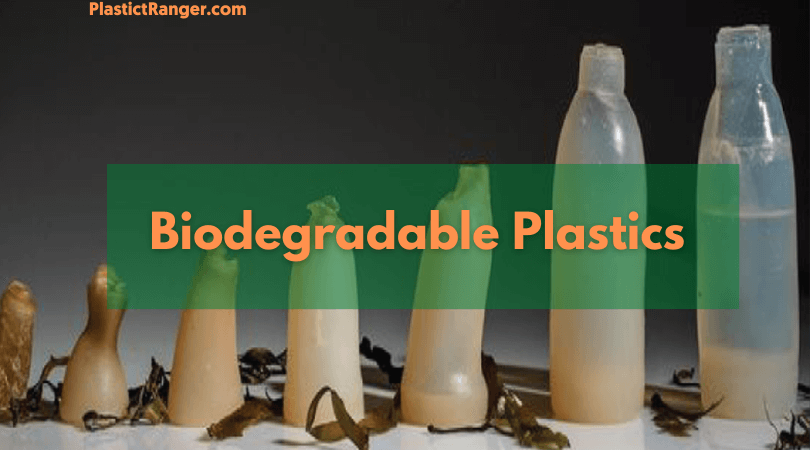
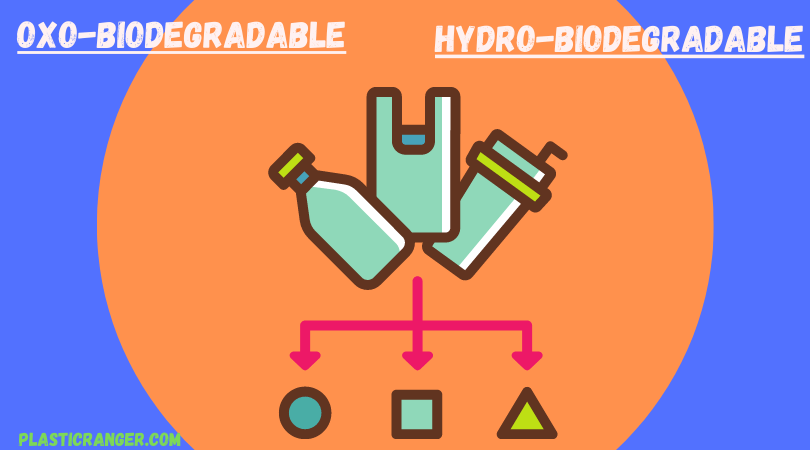

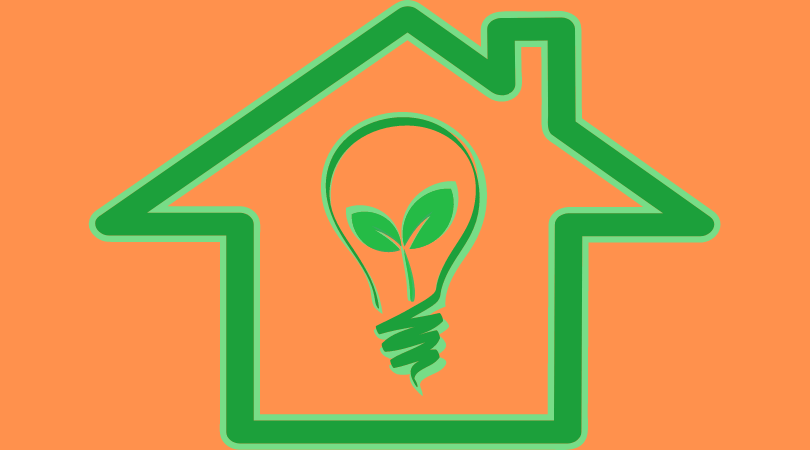
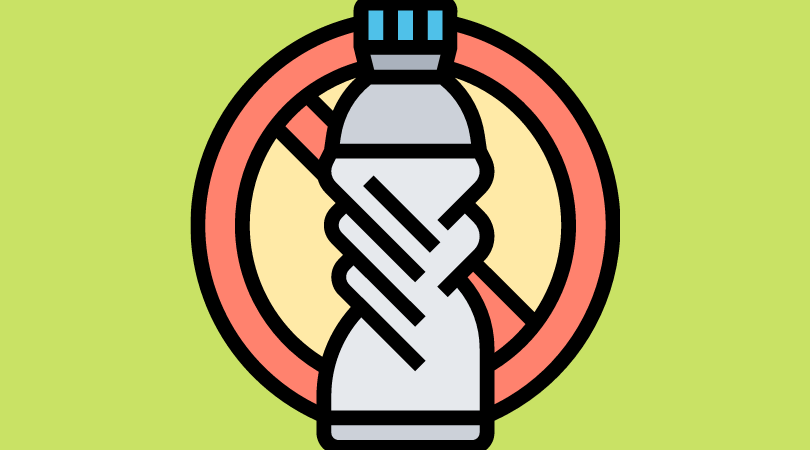
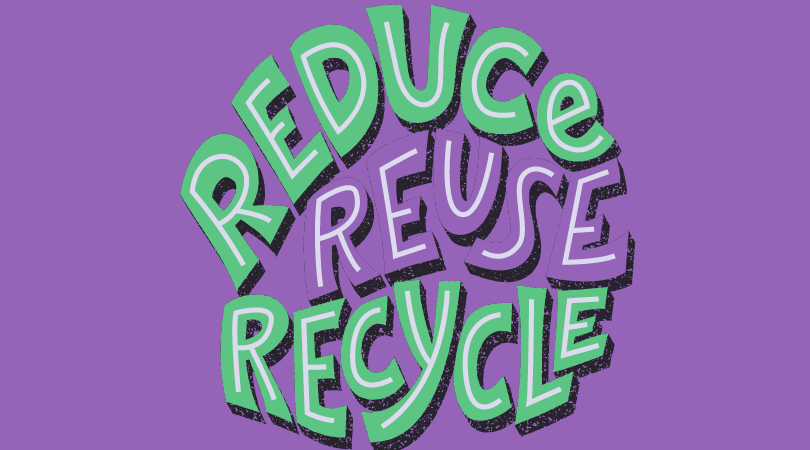
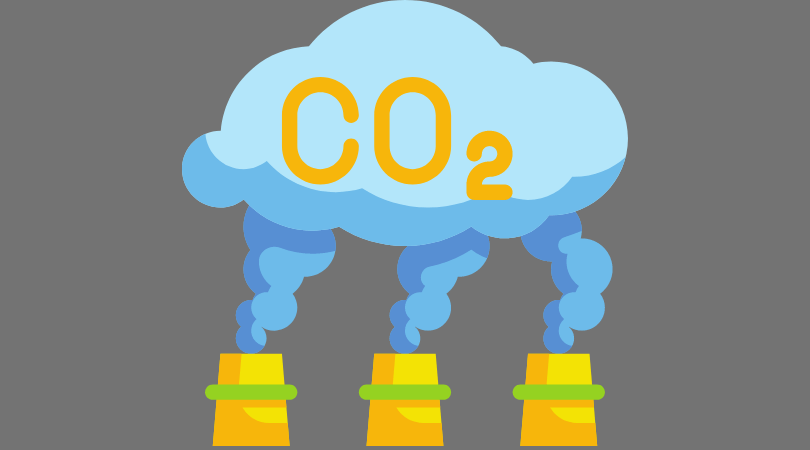
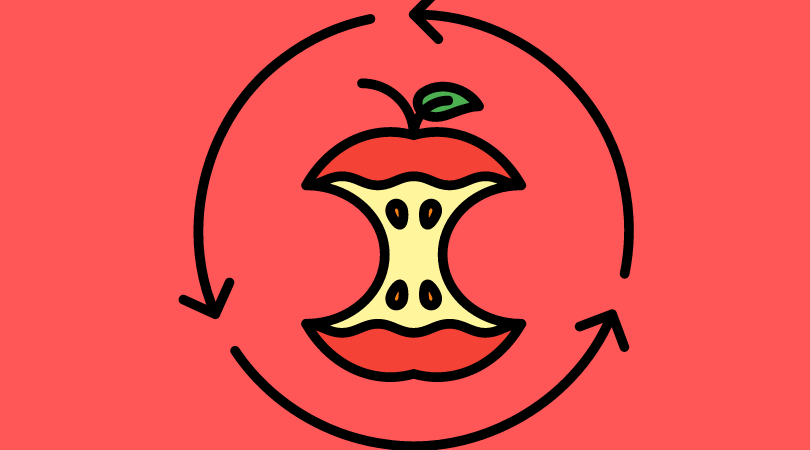


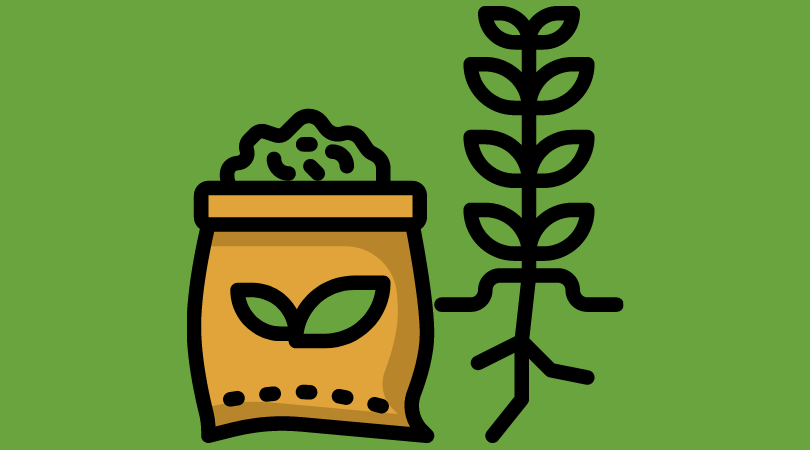
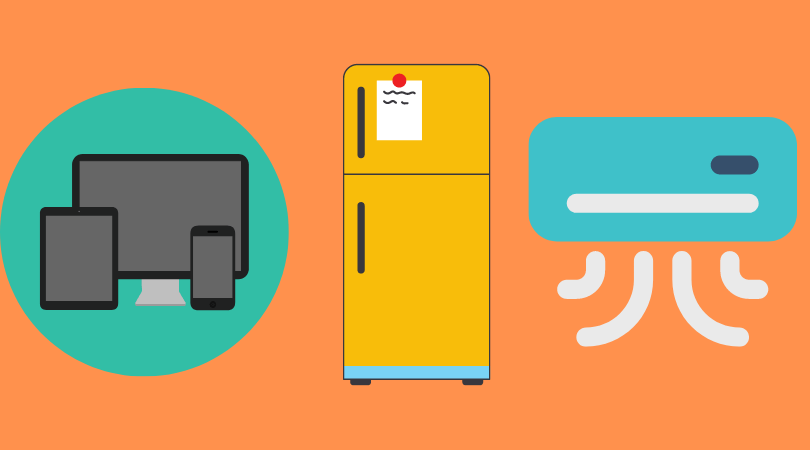

a good piece of information on biodegradable polymers.
Thank you very much